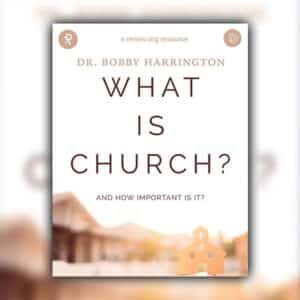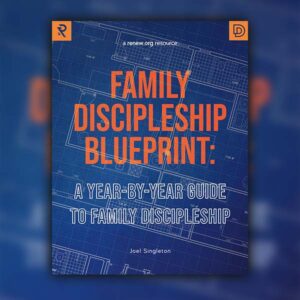The Transforming Power of Prayer

Years ago I heard it said, “The key to the Christian life is to pray more and sin less.” It was said somewhat tongue in cheek, as if to acknowledge that on its surface the statement merely states the obvious, but for most of us it proves to be maddeningly hard to achieve. As I’ve continued to ponder this thought over decades of ministry, however, I sense that there’s gospel truth embedded in its simplicity.
In the gospel, God takes the initiative to come to us. “God demonstrates his own love for us in this: While we were still sinners, Christ died for us” (Rom 5:8 NIV). We’re not required to resolve our sin problem in order to experience a relationship with God. Rather, He comes to us and invites us into a companionship that over time transforms us to be more like Him. And so the ordering holds great significance: As we pray more, we will sin less.
Still, simple truths need to be lived out. How do we experience this reality in our daily moments? How are we helping those we disciple to do so? One day as Jesus’s disciples observed His prayer life, they asked Him to teach them to pray. Perhaps the pattern He gave them, that has become known as the Lord’s Prayer (Matthew 6:9-13), might serve us in this pursuit. While reciting the prayer holds some value, pondering the meaning of its phrases and wrestling with the tensions it contains offers deeper impact.
We begin with “Our Father in heaven.” The fact that Jesus teaches this prayer within the context of a community is instructive for our individualistic age. Addressing God as Father reminds us of the close, though still respectful, relationship that Jesus modeled. Knowing that God is in heaven while we are on earth provides further tension to propel us forward in our prayer.
And we see that tension fleshed out in the next group of phrases: “hallowed be your name, your kingdom come, your will be done, on earth as it is in heaven.” God’s name is much more than a title; the names ascribed to God in Scripture reveal His character, and often how that character presses into our experience of Him. Over the years, I’ve collected a sequence of these names that reminds me of who God is and of who He is to me: He is righteous, and the One who sanctifies me, making me righteous in His sight. Truly He is present, and present for a purpose; He is there to shepherd me. This shepherding of me not only provides for my needs, it does even more—it heals me in my broken places. And so I’m moved to testify to others that God is my banner; He’s the one I want to draw attention to. Yet when all is said and done, I can rest in the reality that God is my peace (see “Names of God Prayer.”
Setting apart God’s name as holy, hallowing it, provides the impetus to ask Him to bring His creation into alignment with His character, asking for His Kingdom to come and His will to be done. Earlier we acknowledged that God is in heaven; here we ask for His rule and reign to be manifest on earth. But realize that in so doing we’re asking Him to align our hearts to His agenda and committing ourselves to live in obedience to Him.
Knowing that we are creatures and He is the Creator, we now turn to ask for the provision we need, both physically and spiritually: “Give us today our daily bread. And forgive us our debts, as we also have forgiven our debtors. And lead us not into temptation, but deliver us from the evil one.” It’s often at this point that I’ll pray through my schedule for the day, asking for what I’m going to need in each task that I expect to face, for grace as I interact with the other children of the Father in my day’s appointments, and for the unplanned situations that I will encounter that He already knows about.
Finally, as I close my time of prayer, I like to include this summary, contained in the King James version that I grew up with: “For thine is the kingdom, and the power, and the glory, forever. Amen.” All of what has been prayed stems from God, to whom all authority belongs and who has the ability to bring it about, and to whom we owe all adoration for all eternity.
Jesus teaches this model for prayer early on in His ministry with His disciples. At the other end of His story, in the days following His resurrection, as He commissions the eleven to make disciples of all nations, that commission includes the mandate to teach those disciples to obey everything He commanded them (Matthew 28:19-20). They were faithful to do so in many ways, including passing on the pattern of this prayer to those who heard their message. May those who follow us know the same transforming power of prayer.
This post originally appeared at: The Transforming Power of Prayer – Navigators Church Ministries
If you have enjoyed reading this, please consider joining our email list!











